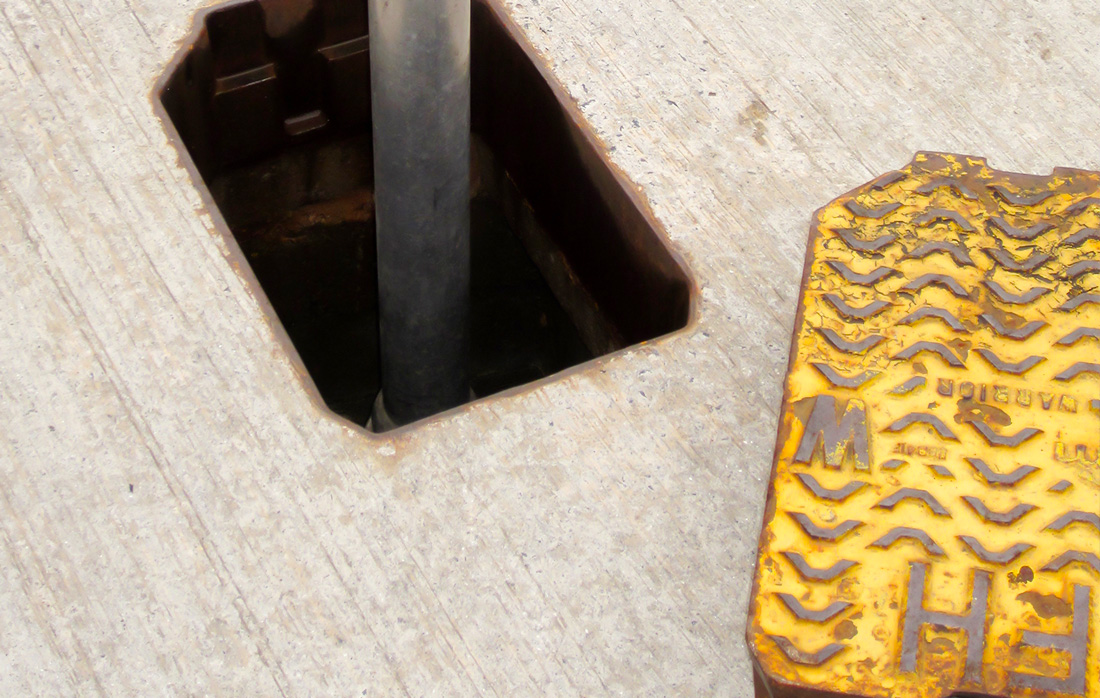Firstly… The Fire Hydrant Inspection Pit
A Fire Hydrant inspection begins with the pit – it must be checked to ensure the surrounding surface paving is sound. The cover should be free from vegetation and/or debris and the pit itself should be clean and dry. Following a spell of rain, like we so often get here, a hydrant pit can become filled, rendering it unusable! So checking them regularly is key.
Secondly… Inspecting the hydrant itself

The next step of the fire hydrant inspection involves the unit itself being checked. For example, the valve packing needs to be in good order, the outlet should be fitted with a cap which should be secured to the hydrant and there should be a frost/cap valve fitted.
The pressure and flow rate of the water also needs to be tested using specialist equipment to ensure it is adequate for fighting fires. Any defects must be notified to the responsible person immediately to enable repairs/replacements to be carried out.
Fire Hydrants do help save lives. It is the responsibility of the building owner, occupier or site operator to keep its units in working order, and you could be prosecuted if they have not been regularly tested and inspected in accordance with relevant standards.
Total Safe offers Fire Hydrant testing throughout Essex. Regular inspection and maintenance enables fire fighters to have access to the tools they need to save lives. Contact us today to find out more.
